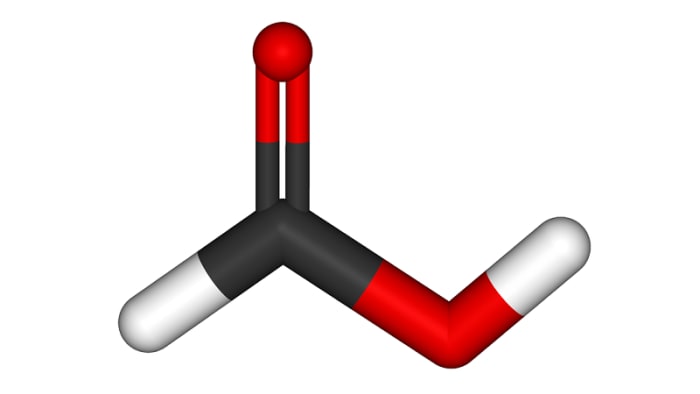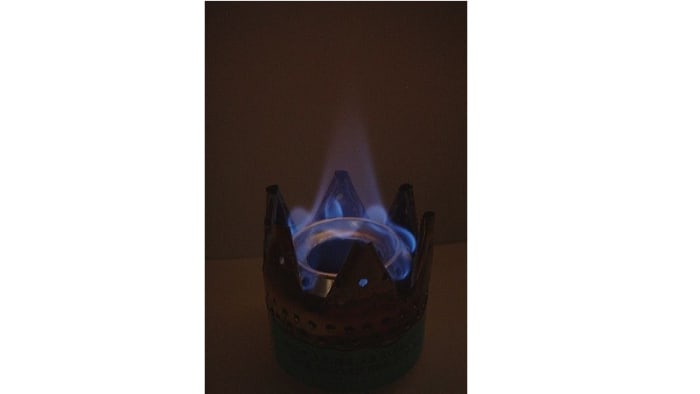How the oxidation of primary alcohols takes place
Products of slow and fast oxidation of alcohols

Alcohols are called primary if their hydroxyl group is located at the first carbon atom. Compounds of this type oxidize the most easily: if you compare the ease with which primary, secondary and tertiary alcohols oxidize, the first oxidize the most easily, and the third with the most difficulty. With the incomplete oxidation of alcohols of different structures, different substances form:
- primary alcohols oxidize to aldehydes;

- secondary alcohols oxidize to ketones.
Tertiary alcohols oxidize to carbonic acids (usually a mixture of acids forms, as the destruction of the carbon skeleton takes place).
Complete oxidation of primary alcohols takes place in 3 stages:
-
formation from an aldehyde from the alcohol;
-
formation of carbonic acid from the aldehyde;
-
breakdown of carbonic acid into carbon dioxide and water.
Slow oxidation of primary alcohols into carbonic compounds
In the oxidation of primary alcohols, aldehydes and carbonic acids can be obtained. The specific product of reaction depends on the conditions of conducting the reaction. It is important that the aldehydes are often the products of the incomplete oxidation of primary alcohols. These products may also be oxidized, and carbonic acids obtained.

Obtaining aldehydes and carbonic acids from primary alcohols is slow oxidation, in which the attachment of atomic oxygen takes place. As oxidizers (sources of [O]), oxygen potassium permanganate KMnO₄, copper (II) oxide CuO and others may be used (for simplicity, we do not write out the full reactions with oxidizers, but reactions with atomic oxygen):
-
СН₃-OH + [O] = HCOH + H₂O (in slow oxidation of methanol, formaldehyde is formed – the corresponding aldehyde; before the formation of formaldehyde an intermediary unstable compound forms – methanediol CH₂(OH)₂, which water breaks off from);
-
HCOH + [O] = HCOOH (in the subsequent oxidation of formaldehyde, methanoic or formic acid forms).

This is the two-step method for obtaining carbonic acid from alcohol. If only an aldehyde is to be obtained, after its formation the oxidizers must be removed from the reactive mixture, as the transformation into carbonic acid takes place quite quickly (aldehydes oxidize more swiftly than alcohols).
In further oxidation, the breakdown of carbonic acid into carbon dioxide and water is possible:
HCOOH + [O] = CO₂ + H₂O.
Here the unstable intermediary compound of the type [HO-COOH] forms, which breaks down into carbon dioxide and water.
Rapid oxidation of primary alcohols to carbon dioxide
Rapid oxidation (combustion) usually takes place with the release of a large quantity of heat and light. Primary alcohols, like any other organic compounds, burn well in air, with the formation of carbon dioxide and water.
C₂H₅OH + 3О₂ = 2CO₂ + 3H₂O (combustion takes place at a high temperature and is accompanied by the release of a large quantity of heat – up to 1370 kJ).

Oxidation of secondary and tertiary alcohols
In the slow oxidation of a secondary alcohol, a ketone can be obtained:
CH₃-CH(OH)-CH₃ + [O] = (CH₃)₂C=O + H₂O (from isopropyl alcohol, acetone is formed).
Ketones are rather resistant to oxidation, and only with considerable heating and the application of strong oxidizers is their transition to carbonic acids possible:
2CH₃-СН₂-C(O)-СН₂-СН₂-CH₂-CH₃ + 6[O] = CH₃COOH + CH₃-CH₂-COOH + CH₃-CH₂-CH₂-COOH + CH₃-CH₂-CH₂-CH₂-COOH.

Tertiary alcohols are the most resistant to oxidation: they can only be oxidized under harsh conditions (heating, acidic medium) by strong oxidizers. The carbon skeleton of the initial molecule breaks down. This is evident from the example of the oxidation of 2-methylbutanol-2.
-
CH₃-C(CH₃)(OH)-CH₂-CH₃ = CH₃-C(CH₃)=CH-CH₃ + H₂O (at the first stage, the dehydration of alcohol takes place with the formation of an alkene (2-methylbutene-2); the process takes place with heating in an acidic medium);
-
CH₃-C(CH₃)=CH-CH₃ + 3[O] = (СН₃)₂С=О + СH₃COOH (with harsh oxidation of the alkene, the destruction of its carbon skeleton takes place on its double bond with the formation of a ketone (in the case an acetone) and carbonic acid (acetic).
On combustion, any secondary and tertiary alcohols, regardless of structure, form equivalent compounds to primary alcohols – carbon dioxide and water:

2СH₃-CH(OH)-CH₃ + 9O₂ = 6CO₂ + 8H₂O.
There are several experiments with oxygen in MEL Chemistry subscription.
Oxidation of primary alcohols is one of the methods for obtaining aldehydes and carbonic acids. Combustion of alcohols is accompanied by the release of a large quantity of heat. For example, because of this property ethanol is considered to be the most promising and ecologically sound fuel (a replacement for petrol in internal combustion engines). In the laboratory, ethanol is used in spirit burners.